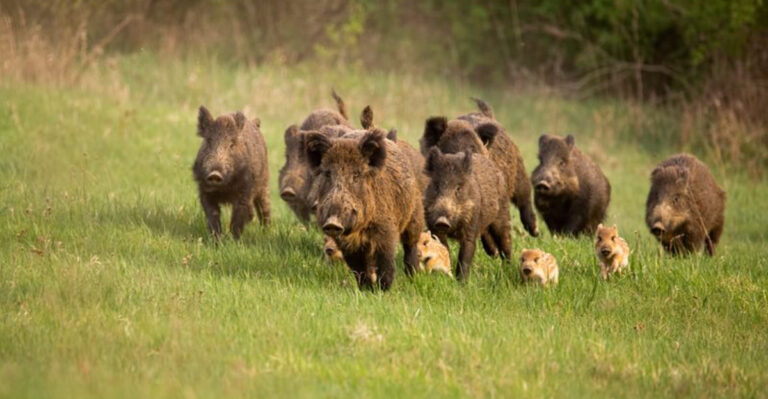How Ranchers And Predators Are Learning To Coexist

Across rural landscapes, an age-old conflict between livestock producers and wild predators is finding new solutions.
Ranchers who once viewed wolves, coyotes, and big cats as enemies are discovering innovative ways to protect their herds while respecting these essential parts of healthy ecosystems. These partnerships show that with creativity and respect, there’s room for both human livelihoods and wild predators on the land.
1. Guard Dogs Patrol The Perimeter
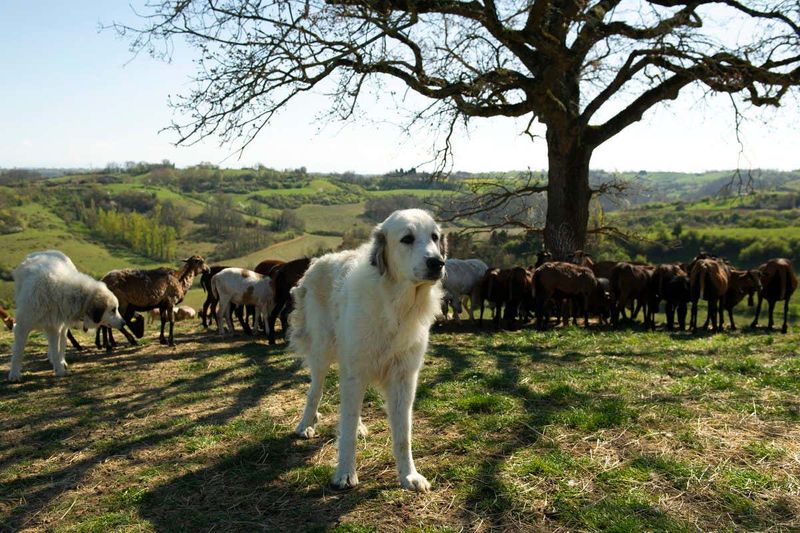
Fuzzy heroes with a serious job, livestock guardian dogs like Great Pyrenees and Anatolian Shepherds live with sheep and cattle full-time. Their imposing size and loud barks warn predators to stay away.
These specially-bred dogs form bonds with livestock from puppyhood, seeing the animals as their family to protect. Unlike herding breeds, these guardians work independently, making decisions without constant human direction.
2. Flashing Lights Scare Night Hunters
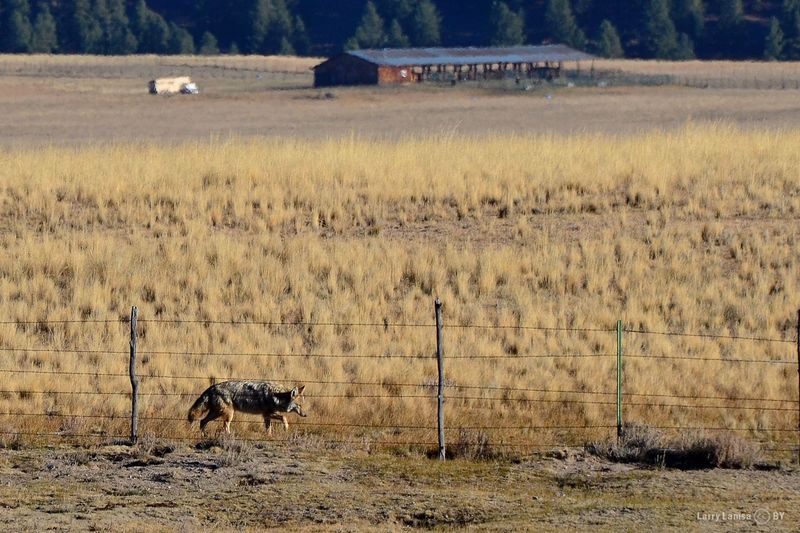
Random patterns of bright LED lights create an unsettling environment for predators hunting after dark. These solar-powered devices mimic human presence without requiring a rancher to patrol all night.
Called Foxlights or predator deterrent lights, they flash in unpredictable sequences that make wolves, coyotes and mountain lions too nervous to approach. Unlike constant lights, predators don’t get used to these irregular patterns.
3. Range Riders Keep Watch

Modern-day cowboys with a conservation twist, range riders patrol cattle herds during grazing season. Their human presence creates a powerful deterrent that keeps predators at a distance.
Riders learn to spot predator signs like tracks and scat, helping ranchers understand which animals are nearby. Many programs employ local youth or veterans, creating jobs while building bridges between ranching and conservation communities.
4. Fladry Lines Create Visual Barriers
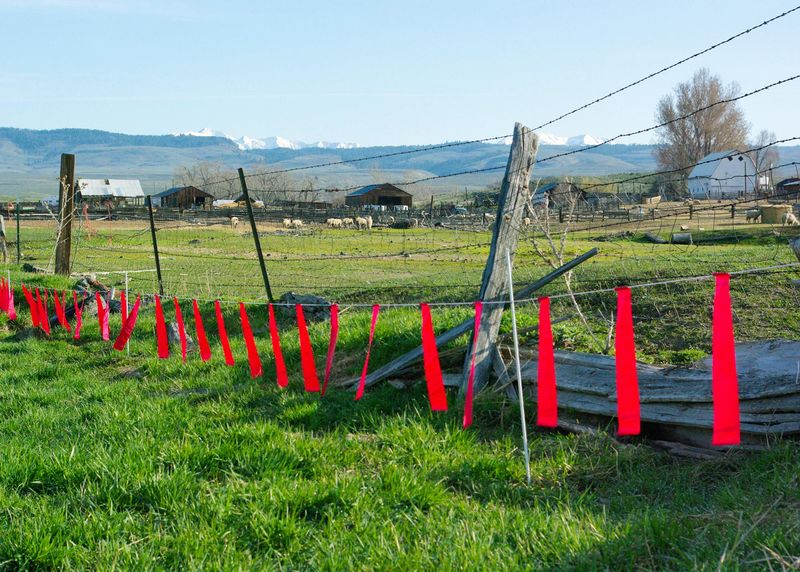
Strips of bright red or orange fabric fluttering in the wind might seem simple, but they’re remarkably effective at keeping wolves away from livestock. This low-tech solution originated with European hunters centuries ago.
The movement and unfamiliar appearance makes predators nervous about crossing these boundaries. While wolves eventually get used to fladry, it provides crucial protection during vulnerable calving seasons when mothers and babies need extra safety.
5. Compensation Programs Ease Financial Burden

Money talks when it comes to predator tolerance. Government and nonprofit compensation funds reimburse ranchers for livestock lost to verified predator attacks, reducing the economic sting of coexistence.
Beyond just paying for lost animals, advanced programs like those in Idaho and Montana also reward ranchers who implement protective measures. This two-pronged approach addresses both prevention and compensation, creating financial incentives for wildlife-friendly ranching.
6. Carcass Management Prevents Attraction
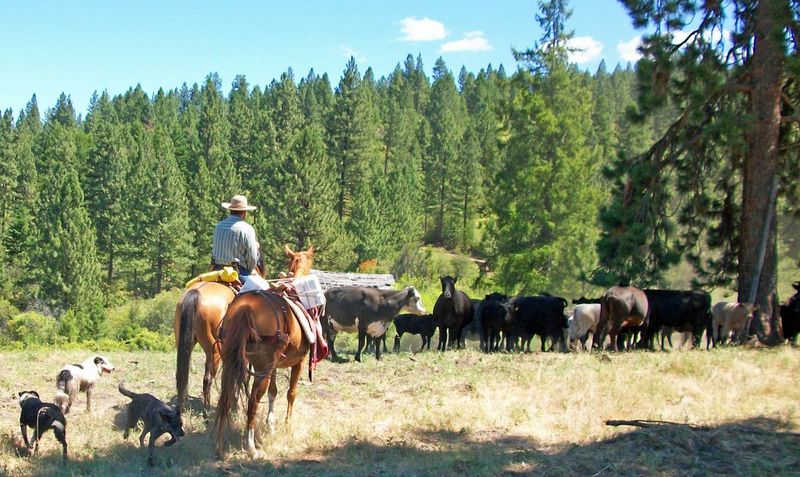
Dead livestock can become dinner bells for predators, teaching them that ranches mean easy meals. Smart ranchers quickly remove or securely compost deceased animals to avoid creating these dangerous associations.
Some communities have developed cooperative carcass pickup programs where central facilities safely dispose of remains. This simple practice dramatically reduces the likelihood that predators will develop a taste for livestock or see ranch properties as hunting grounds.
7. Strategic Grazing Patterns Reduce Risk
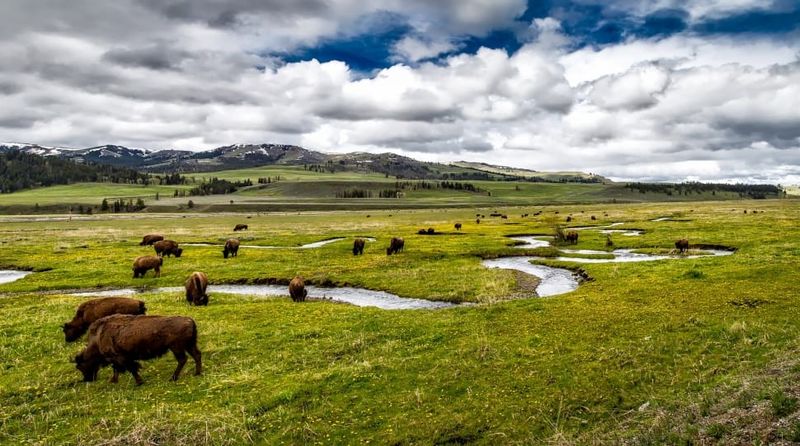
Keeping animals bunched together in tight herds mimics wild ungulates’ natural defense strategies against predators. This technique, often called mob grazing, makes livestock harder to single out and attack.
Rotational grazing systems that frequently move animals between pastures help prevent predators from establishing hunting patterns. As a bonus, these grazing methods improve pasture health and soil carbon storage, creating multiple benefits for forward-thinking ranchers.
8. Timing Births To Safer Seasons
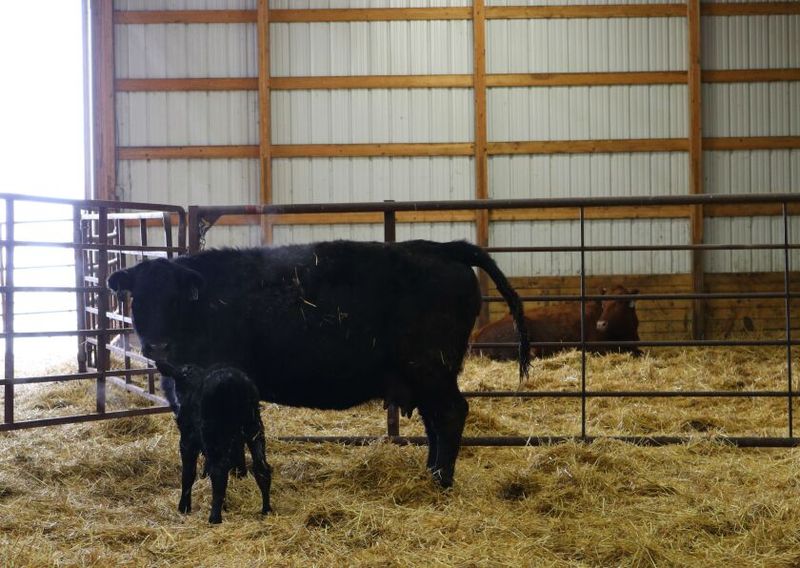
Calves and lambs face the highest predation risk, so smart ranchers adjust breeding schedules to ensure births happen during safer periods. Many operations now time calvings to coincide with periods when wild prey is abundant.
Shed-based or protected area birthing provides extra security during this vulnerable time. Some ranchers have shifted to spring births when days are longer and predators have more natural food options, rather than winter births when hunger drives more aggressive hunting.
9. Electric Fencing Creates Boundaries
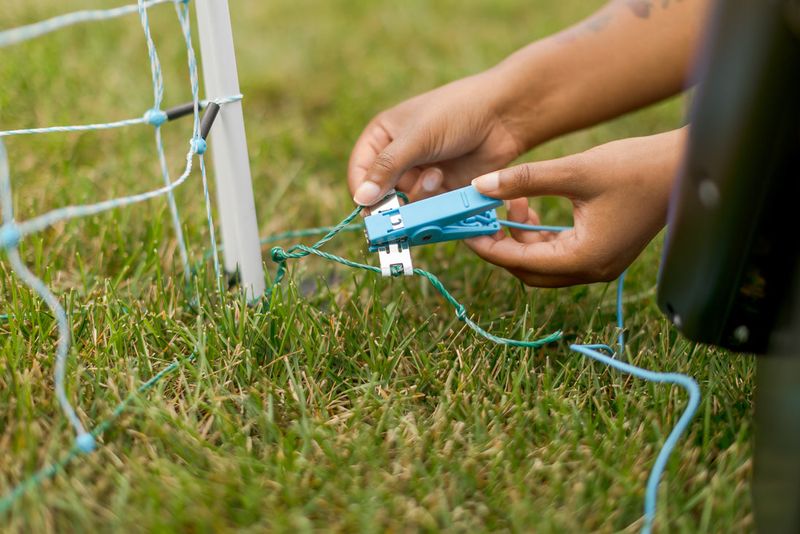
Zaps that teach lasting lessons! Portable electric fencing allows ranchers to create temporary predator-proof areas without permanent infrastructure. Modern systems use solar panels, making them viable even in remote locations.
Unlike traditional barbed wire, these fences deliver uncomfortable but harmless shocks that predators quickly learn to avoid. The psychological barrier often remains effective long after animals have encountered the fence, as they remember the unpleasant experience.
10. Radio Collars Track Predator Movements

Knowledge is power when wolves or mountain lions wear GPS tracking collars. Ranchers receive text alerts when collared predators approach their property, allowing them to increase protective measures before conflicts occur.
These tracking programs, usually run by wildlife agencies, help scientists understand predator behavior while giving ranchers valuable warning time. The data collected also identifies which protective methods work best in specific situations, improving future coexistence efforts.
11. Scare Devices Create Uncomfortable Zones
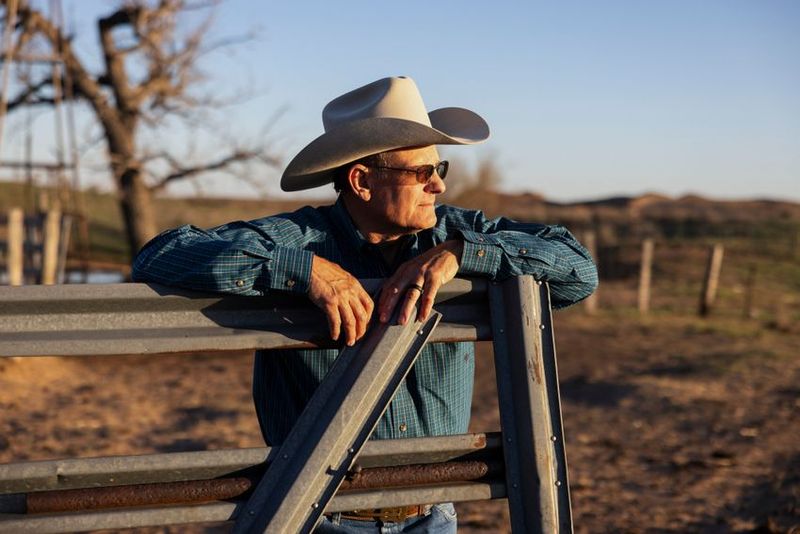
Motion-activated sprinklers, air horns, and strobe lights give predators an unpleasant surprise without causing harm. These devices exploit natural wariness, making predators associate certain areas with unpredictable disturbances.
Rotating different deterrents prevents animals from becoming accustomed to any single method. The most effective systems combine visual, auditory and physical deterrents, creating multiple reasons for predators to seek easier hunting grounds elsewhere.
12. Community Alert Networks Share Information
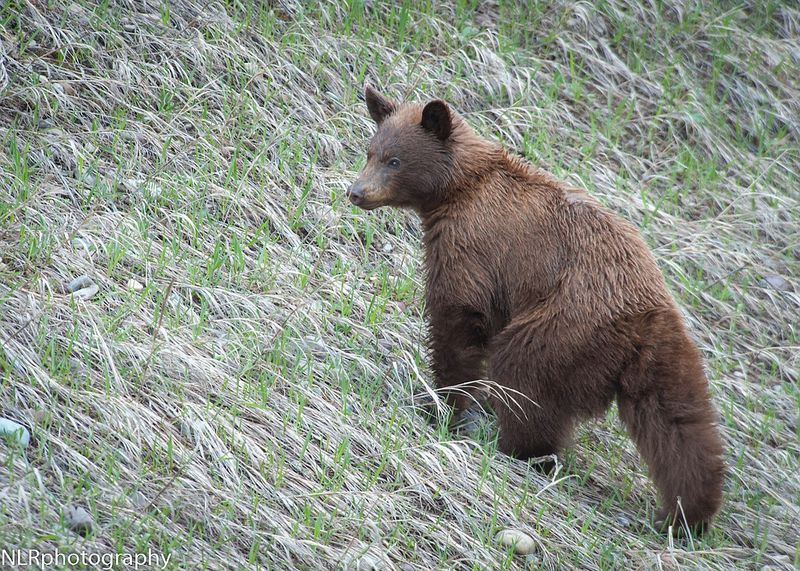
Neighborly communication through text chains, radio calls, and social media groups spreads predator sightings quickly through ranching communities. When one rancher spots wolf tracks, everyone nearby knows to check their herds.
These grassroots networks build community resilience and shared responsibility. Some regions have formalized these systems with dedicated coordinators who verify reports and distribute information, helping everyone prepare rather than panic when predators move through.
13. Specialized Breeds Offer Natural Protection
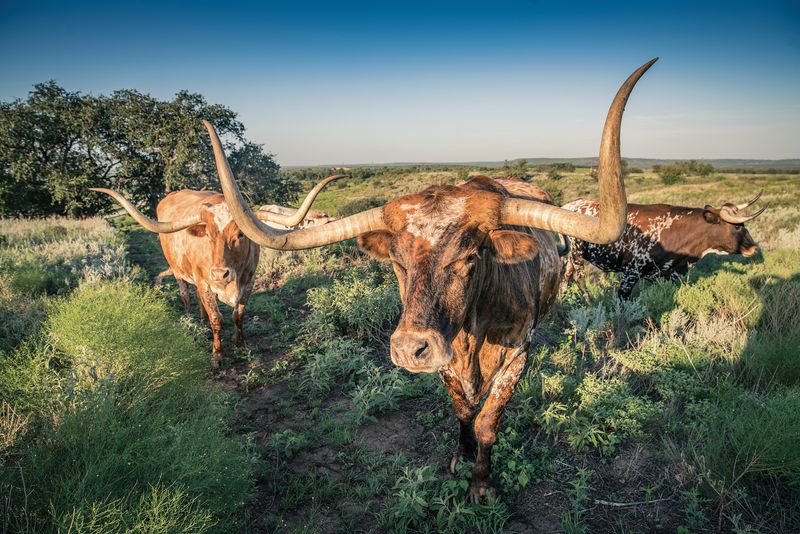
Horned cattle varieties like Texas Longhorns and Highland cattle can defend themselves against predators better than hornless breeds. Their impressive headgear makes wolves think twice before attacking.
Some sheep breeds, including certain heritage varieties, display stronger flocking instincts and protective maternal behavior. Ranchers are rediscovering these traditional breeds that evolved alongside predators, finding that these genetics reduce losses while requiring fewer technological interventions.
14. Wildlife-Friendly Certification Programs

Premium prices for beef and wool from predator-friendly operations create financial incentives for coexistence. Consumers increasingly seek products from ranches that protect rather than eliminate native wildlife.
Certification programs like Wildlife Friendly® and Predator Friendly® verify that participating ranches use non-lethal methods. These market-based approaches transform predator presence from a liability into a marketing advantage, helping ranchers earn more while supporting conservation.
15. Collaborative Science Builds Trust

Ranchers and biologists working side by side to monitor wildlife creates understanding that transcends traditional divides. These partnerships generate better data while building relationships between groups that historically distrusted each other.
Camera traps, track surveys, and DNA sampling help everyone understand which predators are present and how they behave. When ranchers participate in research design and data collection, the results gain credibility with the agricultural community.



